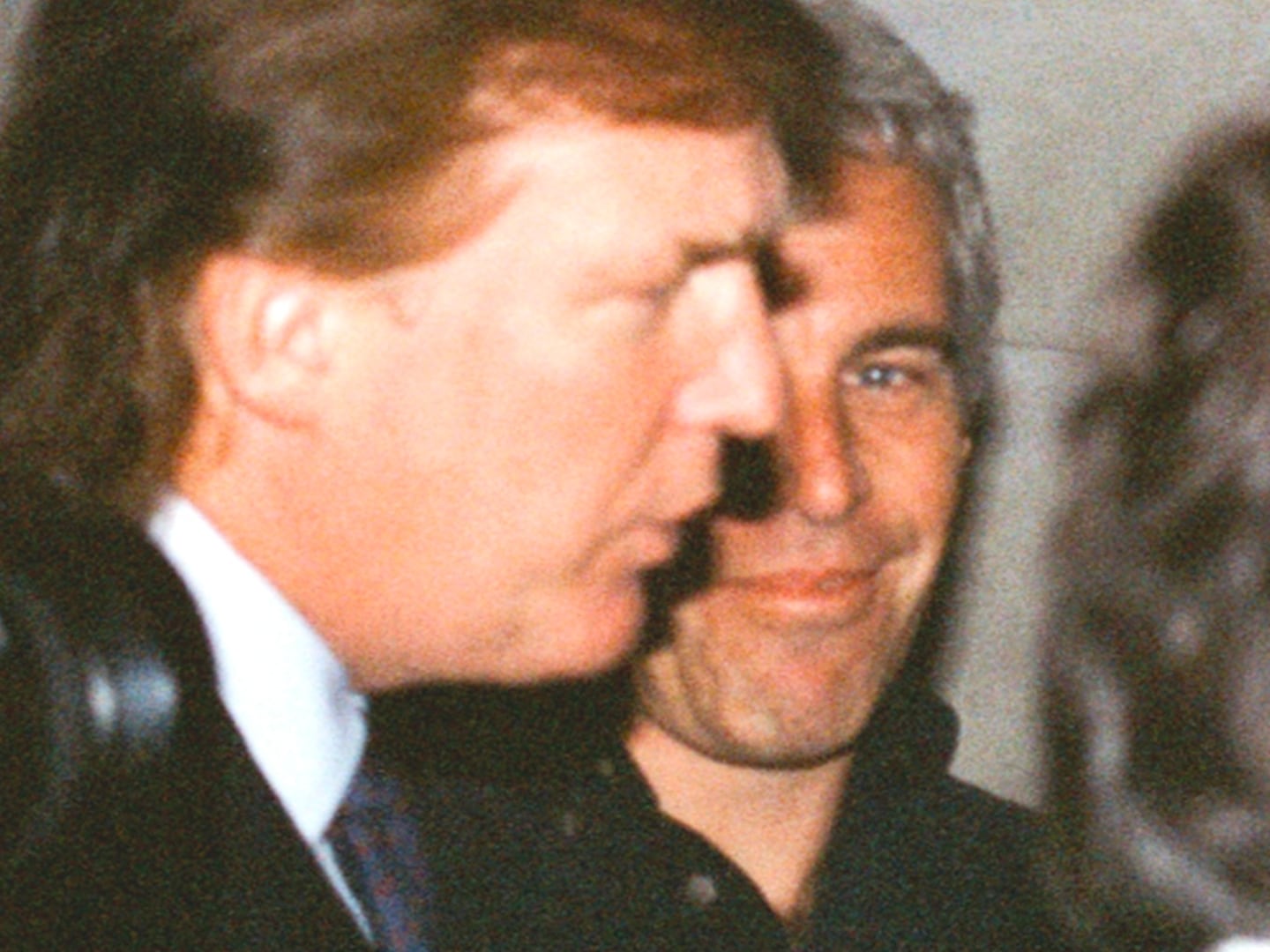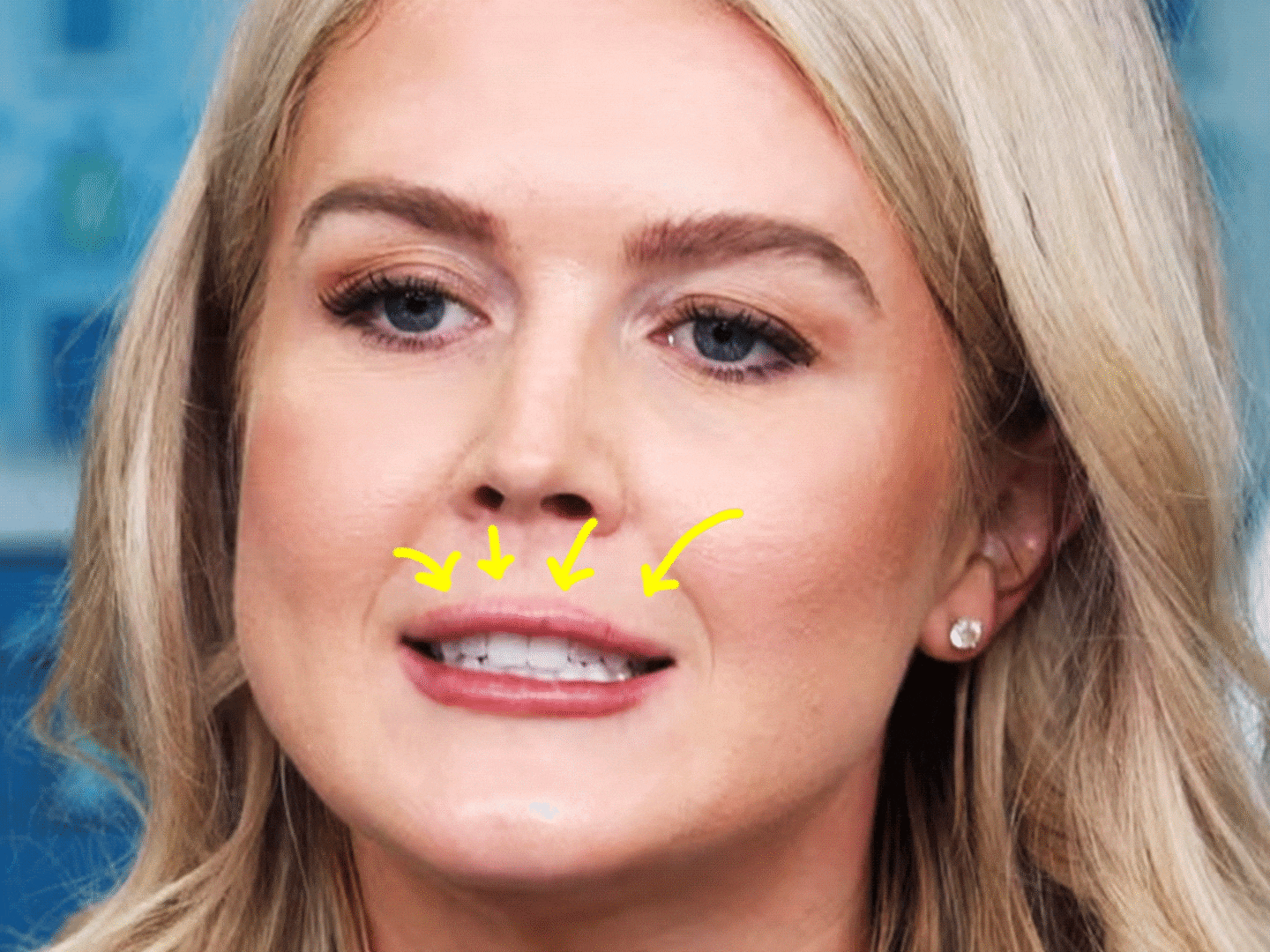
When Barack Obama first proposed an economic stimulus package back in January, two of his top economists, Christina Romer and Jared Bernstein, warned that without it the unemployment rate would climb to 9 percent. With stimulus, however, unemployment would peak at just 8 percent. The national unemployment rate now stands at 9.5 percent and Obama himself has predicted that it will hit 10 percent.
I think the argument for more stimulus implicitly assumes that the bulk of stimulus funds have been paid out and done their work. However, the data show that very little of the stimulus has actually been spent.
I keep waiting for some Republican to recycle that old joke about Barry Goldwater: “They told me if I voted for him we would be in a war in six months; I voted for him and sure enough we were in a war in six months.” The new version would be, “They told me if I voted against the stimulus bill the unemployment rate would rise to 9 percent; I voted against it and sure enough the unemployment rate rose to 9 percent!”
But seriously, there is an ongoing debate among serious economists about whether the original stimulus bill was too small and therefore doomed to failure or whether it just needs more time to work. Those favoring the first view include Paul Krugman, a Nobel Prize-winning economist who thinks we need another stimulus as soon as possible. However, Romer, who now chairs the Council of Economic Advisers, says the stimulus is working just as planned and that no additional stimulus is needed.
I think the argument for more stimulus implicitly assumes that the bulk of stimulus funds have been paid out and done their work. In other words, the economy would be in far worse shape without the stimulus. Therefore, if $787 billion in stimulus wasn’t enough to keep the unemployment rate from rising well past the worst-case scenario of 9 percent, then it follows that vastly more money will be needed to bring unemployment down.
However, the data show that very little of the stimulus has actually been spent. Furthermore, economists often fail to note that the February package was composed of many different types of spending, some of which were never expected to have much stimulative effect. Extending unemployment benefits, for example, is justified on humanitarian grounds but doesn’t really provide stimulus.
For spending to be stimulative it must bring forth economic activity that otherwise would not have taken place. Income transfers that just put money in people’s pockets have a very low stimulative effect because much of the money will be saved. That’s why last year’s tax rebate, which was supposed to forestall an economic downturn, largely failed. (See a recent study by the Congressional Budget Office.)
The Romer-Bernstein paper noted this fact and said income transfers were very slow to have an impact on growth, needing two years to be fully effective. And even when fully effective, they raised the gross domestic product by less than a dollar for every dollar spent.
The sort of spending that really raises growth involves purchases of goods and services. The classic example is public works, which require buying concrete and steel and lots of other stuff as well as employing workers. But buying almost anything, as long as it is tangible, will work better than just giving away money. Romer and Bernstein estimated that this sort of spending raises gross domestic product by more than one dollar for every dollar spent almost immediately and within five quarters would raise it by $1.51 for every dollar spent.
In a recent briefing, CBO Director Doug Elmendorf estimated that only 24 percent of all the stimulus funds will have been spent by September 30. And 61 percent of that will go to low-impact income transfers; only 39 percent is for high-impact spending on highways, mass transit, energy efficiency, et al. By September 30, only 11 percent of all the funds allocated to such programs will be spent.
My fear is that Elmendorf may be optimistic. According to a government Web site set up to track the high-impact stimulus funds, as of June 26 only $157.7 billion has been made available and only $56.3 billion has been spent. But even this overstates the impact because the money that has been spent has only been spent in the sense that the Treasury has cut a check to some state or local government or other entity. It doesn’t necessarily mean that any workers have been hired as a consequence.
The Web site also says the Department of Transportation has only allocated $20.4 billion of stimulus funds, and of that a minuscule $441.2 million has been paid out—that’s million with an “m.” In a $14 trillion economy, that’s virtually nothing. And DOT programs are exactly the ones that most economists say have the strongest impact on growth.
This is why I think it would be a mistake to push forward with another stimulus: The first one really hasn’t had a chance to work yet. In any case, any shovel-ready public-works projects that were capable of gearing up quickly have already been funded. Any new projects will have to start from scratch, which means drawing up plans, buying land, doing environmental-impact statements, and so on. It will necessarily be years before such projects will have a stimulative effect on growth.
One must also be skeptical of the potential of any new stimulus given Congress’ well-known affection for pork. Indeed, the stimulative effect of the first stimulus bill was undermined by the necessity of accommodating many congressional spending preferences, which undoubtedly didn’t correspond to projects with the potential for the fastest construction since those projects were probably already funded.
Given that the Obama administration was at the pinnacle of its political clout in February and the obvious need for fast action constrained congressional earmarking, any new stimulus is bound to be much more pork-laden and, therefore, even less effective at stimulating spending and growth.
Finally, the political environment has changed since February. People are much more concerned today about large budget deficits. I am told that many so-called Blue Dog Democrats are insisting that if there is another stimulus that it must be “paid for” with spending cuts or tax increases. That, of course, would negate the whole point of stimulus.
We all know that sometimes we still have a headache an hour after taking some aspirin. But we know that too much aspirin can be dangerous, so we find some other way of relieving our pain. We are in the same position with stimulus today. More may not kill us any more than a few too many aspirin will. But it’s a bad idea. Sometimes you just have to wait for the medicine to work.
Bruce Bartlett was one of the original supply-siders, helping draft the Kemp-Roth tax bill in the 1970s. In the 1980s and 1990s, he was a leading Republican economist. He now considers himself to be a political independent. He is the author of Reaganomics: Supply-Side Economics in Action and Impostor: How George W. Bush Bankrupted America and Betrayed the Reagan Legacy . His latest book, The New American Economy: The Failure of Reaganomics and a New Way Forward, will be published by Palgrave Macmillan in October.





